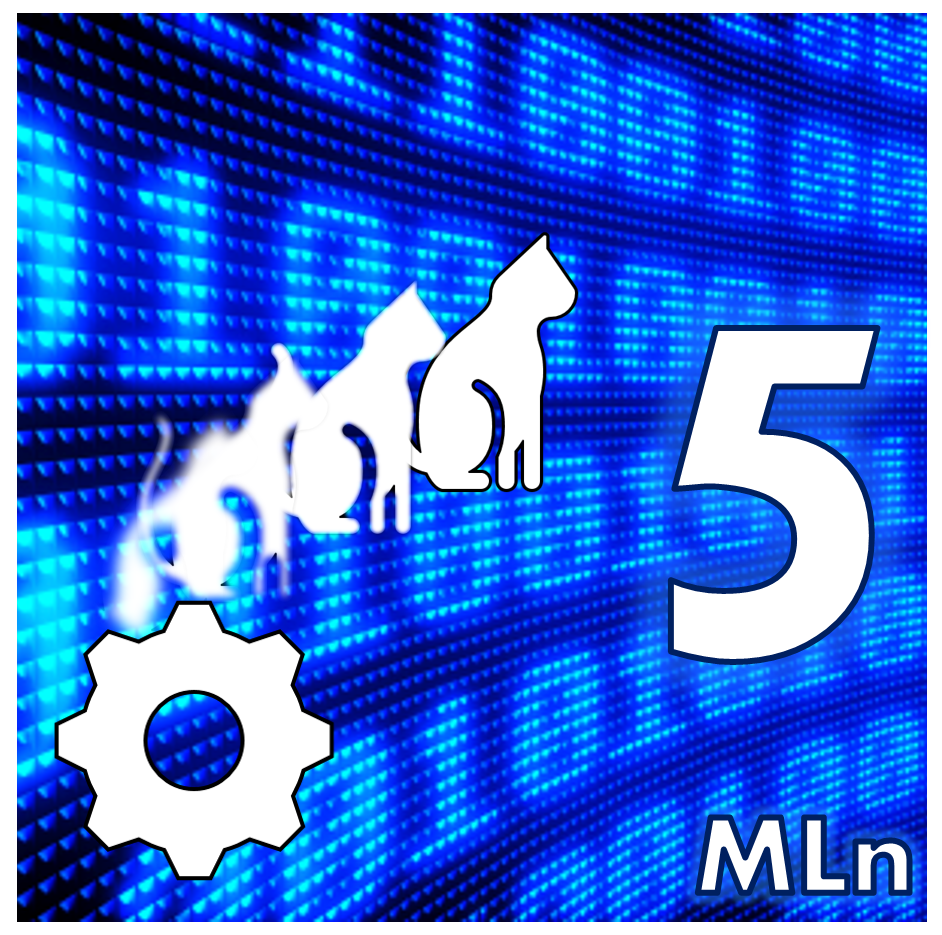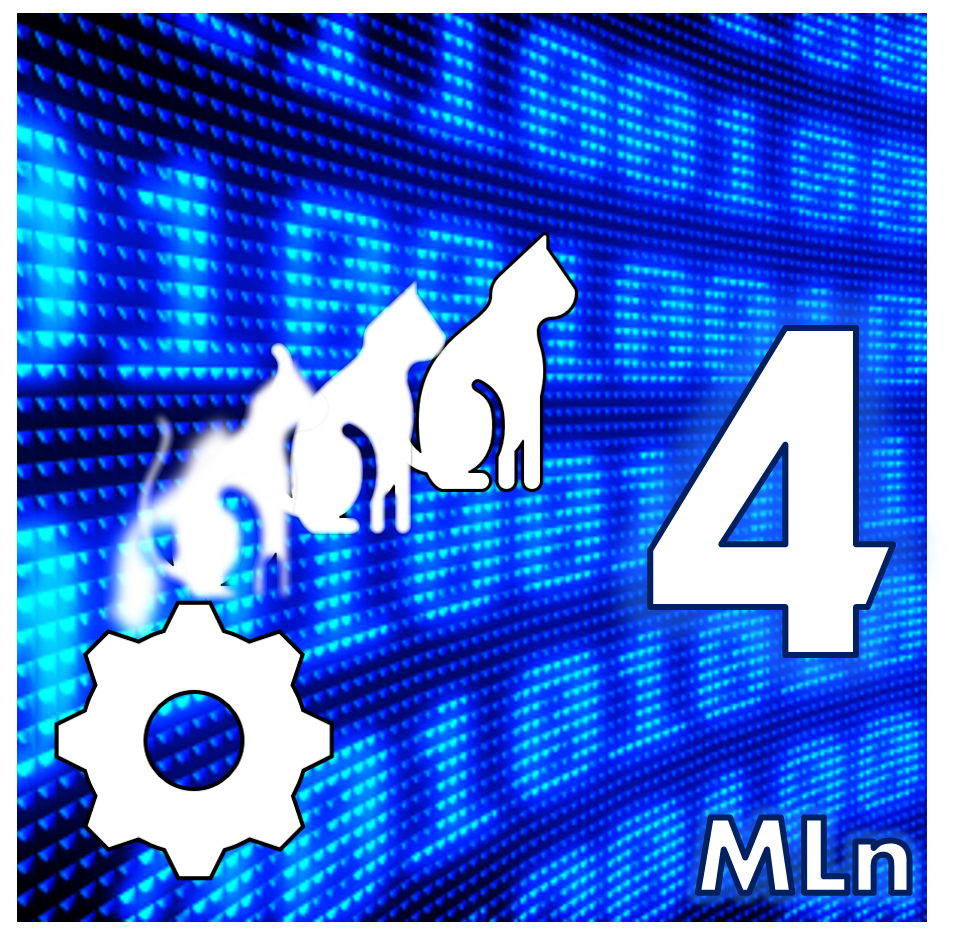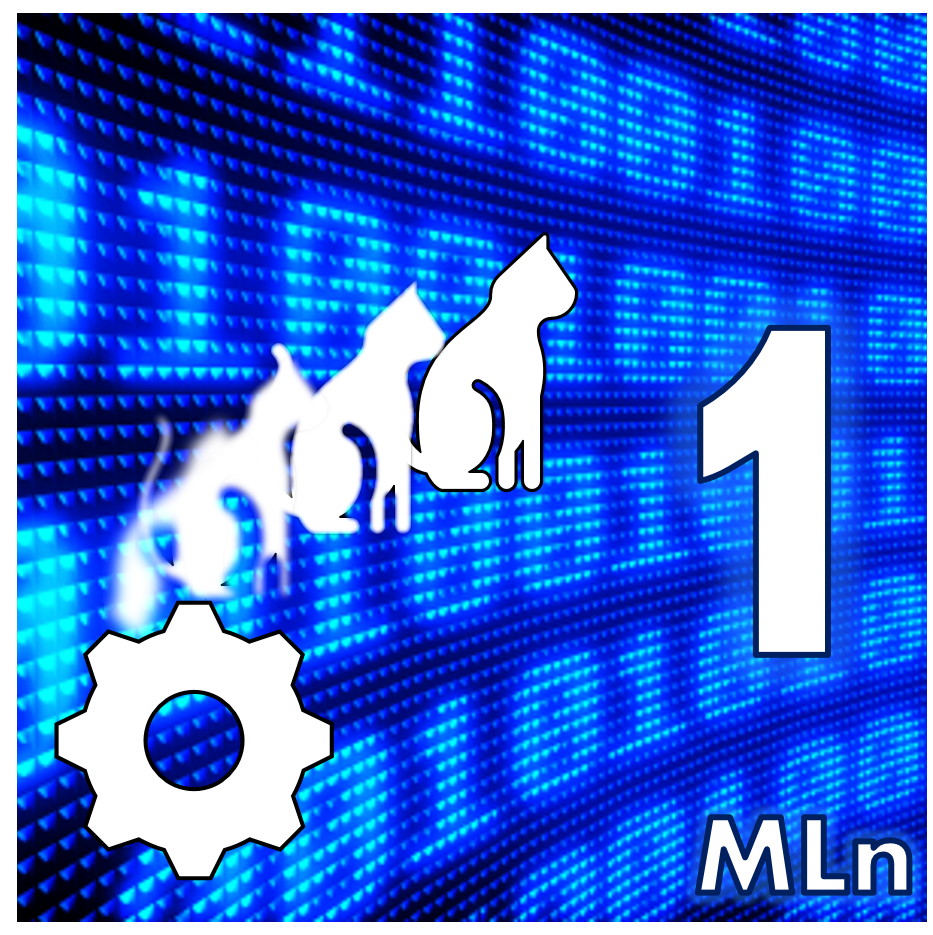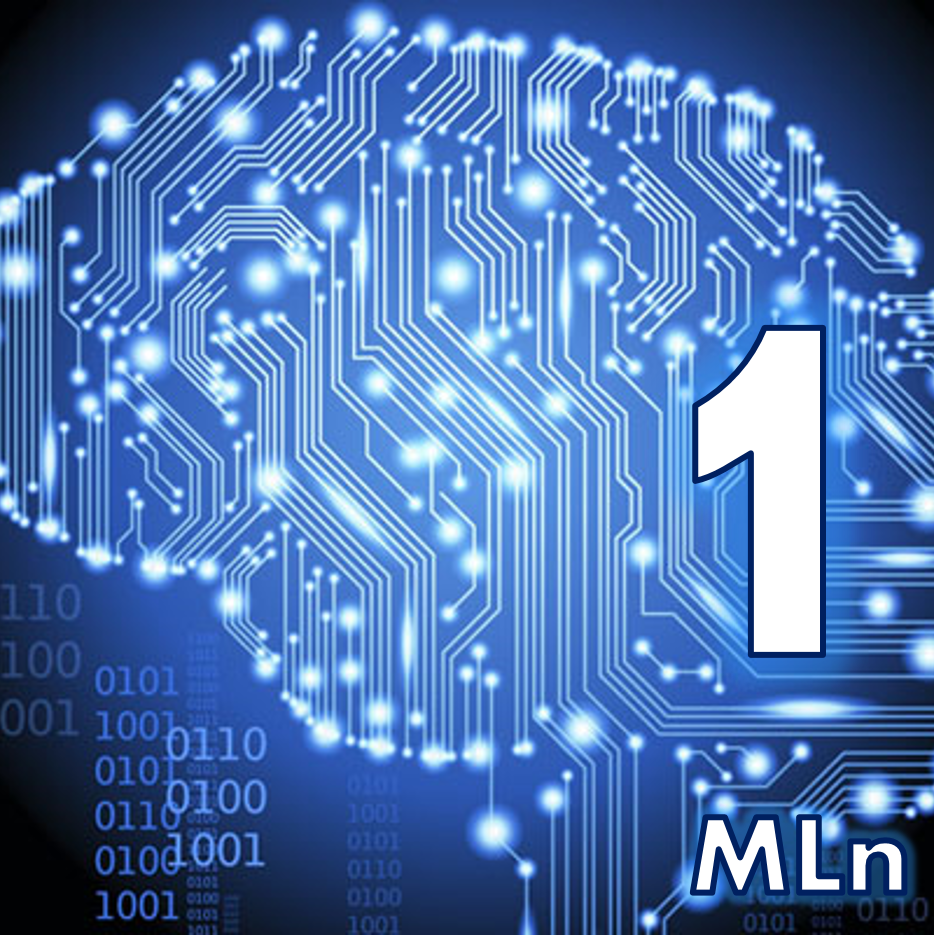Generative Adversarial Network (GAN) in TensorFlow - Part 4
Generative Adversarial Network (GAN) in TensorFlow - Part 3
Generative Adversarial Network (GAN) in TensorFlow - Part 2
This tutorial will provide the data that we will use when training our Generative Adversarial Networks. It will also take an overview on the structure of the necessary code for creating a GAN and provide some skeleton code which we can work on in the next post. If you’re not up to speed on GANs, please do read the brief introduction in Part 1 of this series on Generative Adversarial Networks.
Generative Adversarial Network (GAN) in TensorFlow - Part 1
We’ve seen that CNNs can learn the content of an image for classification purposes, but what else can they do? This tutorial will look at the Generative Adversarial Network (GAN) which is able to learn from a set of images and create an entirely new ‘fake’ image which isn’t in the training set. Why? By the end of this tutorial you’ll get know why this might be done and how to do it.
A Simple Neural Network - Mathematics
This is the first part of a series of tutorials on Simple Neural Networks (NN). Tutorials on neural networks (NN) can be found all over the internet. Though many of them are the same, each is written (or recorded) slightly differently. This means that I always feel like I learn something new or get a better understanding of things with every tutorial I see. I’d like to make this tutorial as clear as I can, so sometimes the maths may be simplistic, but hopefully it’ll give you a good unserstanding of what’s going on. Please let me know if any of the notation is incorrect or there are any mistakes - either comment or use the contact page on the left.





